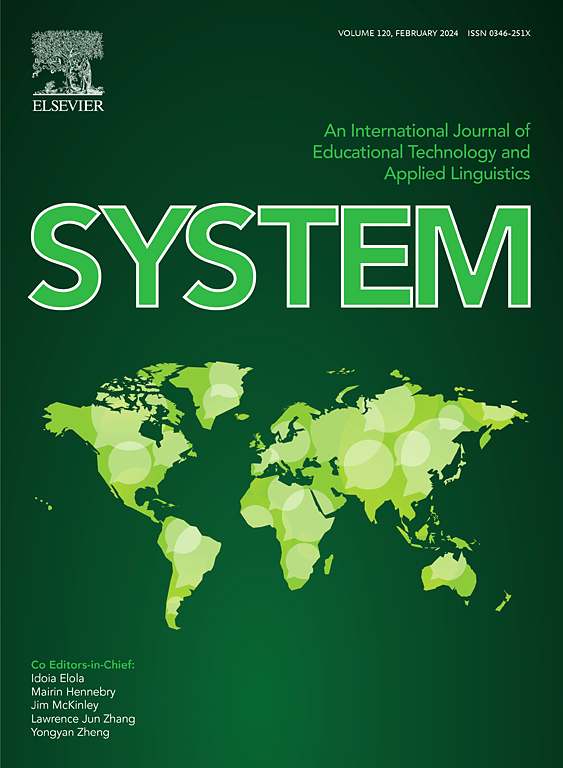Hermetia illucens oil vs. hydrogenated palm fat in dairy cow nutrition: effects on digestive parameters, oxidative stress, and milk production performance
IF 6.5
1区 农林科学
Q1 Agricultural and Biological Sciences
引用次数: 0
Abstract
Scant information is currently available on the use of insect oils in ruminant diets. Insect oils could be used as alternatives to certain conventional plant lipid sources that are considered no longer sustainable. This trial aims at evaluating the effects of the dietary inclusion of Hermetia illucens oil (HIO) vs. hydrogenated palm fat (HPF) on digestive parameters, oxidative stress, and milk production performance of dairy cows. Twenty-six Valdostana Red Pied cows were randomly divided into two groups and fed with hay ad libitum and a concentrate containing 3% (as fed) of either HPF or HIO. The trial lasted 50 d, including two weeks of diet adaptation. Individual feed intake and milk yield were monitored three and four times a week, respectively. Fecal samples were collected at the end (d 50) of the trial to determine total-tract nutrients apparent digestibility. Individual blood samples were collected to evaluate blood plasma metabolites (d 0 and d 50) and oxidative stress parameters (d 0, d 26 and d 50). Milk samples were collected at d 0, d 14, d 26, d 38 and d 50 for chemical composition analysis. Feed efficiency was estimated through feed conversion ratio and residual feed intake (RFI). Data were analyzed by SAS software using a mixed model. The diet had no effect on nutrients intake and apparent total-tract digestibility. However, the dietary inclusion of HIO led to higher milk production (+ 0.82 kg/cow/d; P < 0.05) and slightly lower RFI (−0.008; P < 0.001) when compared to the HPF diet. Milk composition and the nutritional metabolic status of the cows remained unaffected by diet. Serum antioxidant capacity was comparable between the two groups, while lower derivatives of reactive oxygen metabolite concentrations were observed in the HIO-fed cows when compared to the HPF-fed ones (−37.13 Carratelli Units; P < 0.001). The dietary inclusion of HIO instead of HPF did not negatively affect feed palatability and total-tract apparent digestibility of nutrients in dairy cows. Furthermore, it increased feed efficiency by supporting a higher milk production together with an improved antioxidant status. The results suggest that HIO could be an eligible option as an innovative energy source for dairy cows.牛油与氢化棕榈脂在奶牛营养中的对比:对消化参数、氧化应激和产奶性能的影响
目前关于在反刍动物日粮中使用昆虫油的信息很少。昆虫油可以作为某些被认为不再可持续的传统植物脂质来源的替代品。本试验旨在评价饲粮中添加黄油(HIO)与氢化棕榈脂(HPF)对奶牛消化参数、氧化应激和产奶性能的影响。选取26头瓦尔多斯塔纳红斑牛,随机分为两组,分别饲喂任意干草和含3% HPF或HIO的精料。试验期50 d,其中2周为日粮适应期。每周分别监测3次采食量和4次产奶量。在试验结束时(第50天)收集粪便样品,测定全肠道营养物质的表观消化率。采集个体血样,评估血浆代谢物(d 0和d 50)和氧化应激参数(d 0、d 26和d 50)。分别于第0、14、26、38、50天采集牛奶样品进行化学成分分析。通过饲料转化率和剩余采食量(RFI)估算饲料效率。采用SAS软件进行数据分析,采用混合模型。饲粮对营养摄入和表观全道消化率没有影响。然而,饲粮中添加HIO可提高产奶量(+ 0.82 kg/奶牛/d;P < 0.05), RFI略低(- 0.008;P < 0.001)。奶牛的乳成分和营养代谢状况不受日粮的影响。两组奶牛的血清抗氧化能力相当,但与hff组相比,hio组奶牛的活性氧代谢物衍生物浓度较低(- 37.13 Carratelli Units;p < 0.001)。饲粮中添加HIO代替HPF对奶牛的饲料适口性和营养物质全道表观消化率没有负面影响。此外,它通过支持更高的产奶量和改善抗氧化状态来提高饲料效率。结果表明,HIO可以作为奶牛的一种创新能源。
本文章由计算机程序翻译,如有差异,请以英文原文为准。
求助全文
约1分钟内获得全文
求助全文
来源期刊

Journal of Animal Science and Biotechnology
AGRICULTURE, DAIRY & ANIMAL SCIENCE-
CiteScore
9.90
自引率
2.90%
发文量
822
审稿时长
17 weeks
期刊介绍:
Journal of Animal Science and Biotechnology is an open access, peer-reviewed journal that encompasses all aspects of animal science and biotechnology. That includes domestic animal production, animal genetics and breeding, animal reproduction and physiology, animal nutrition and biochemistry, feed processing technology and bioevaluation, animal biotechnology, and meat science.
 求助内容:
求助内容: 应助结果提醒方式:
应助结果提醒方式:


